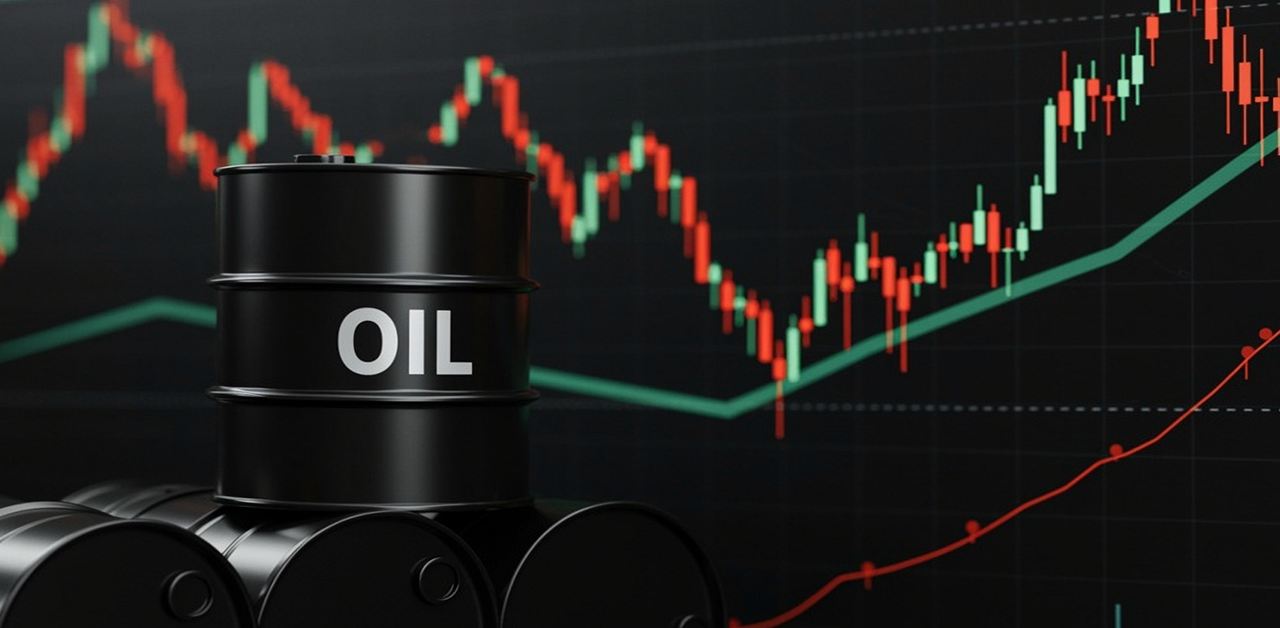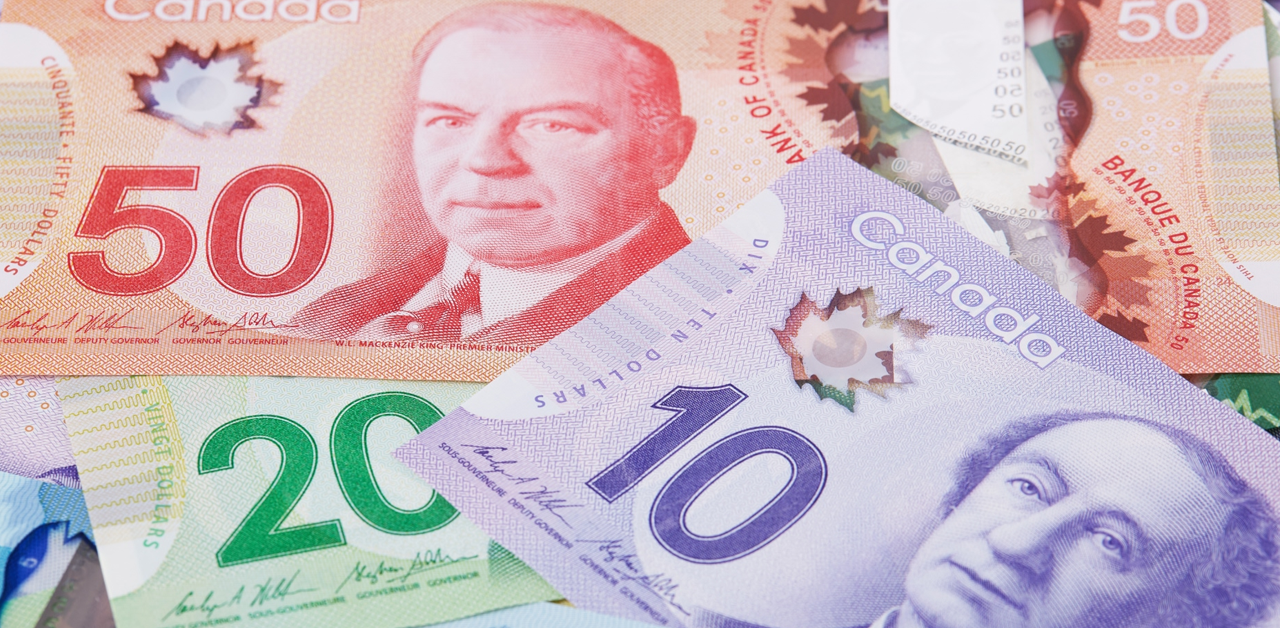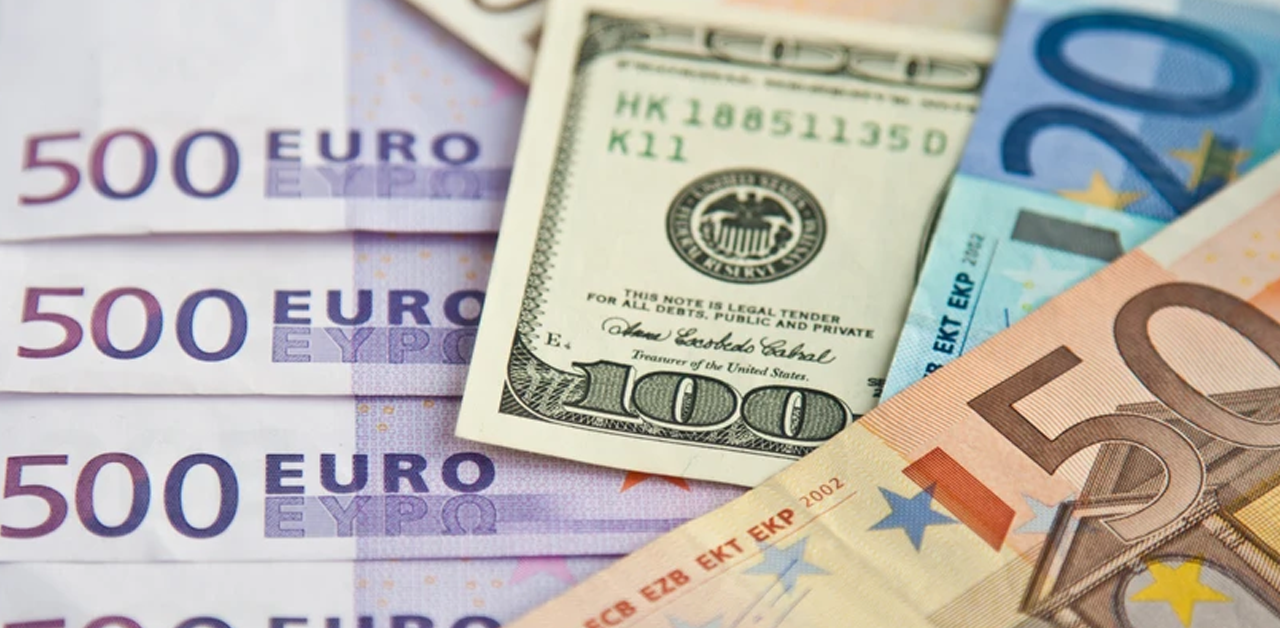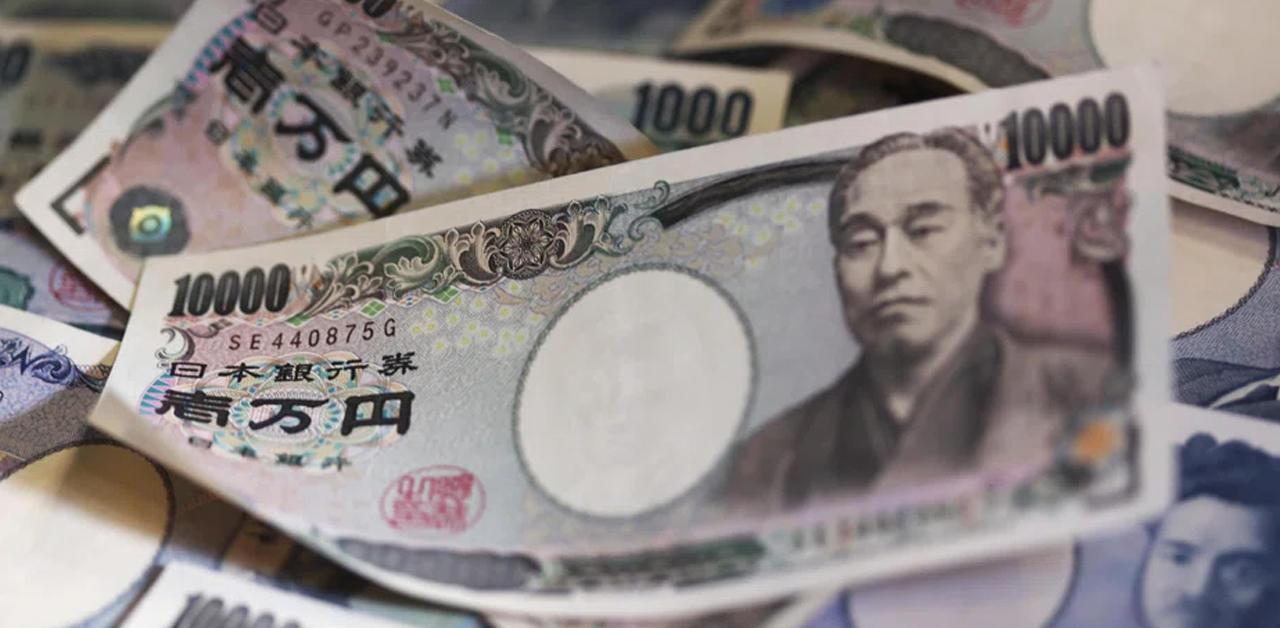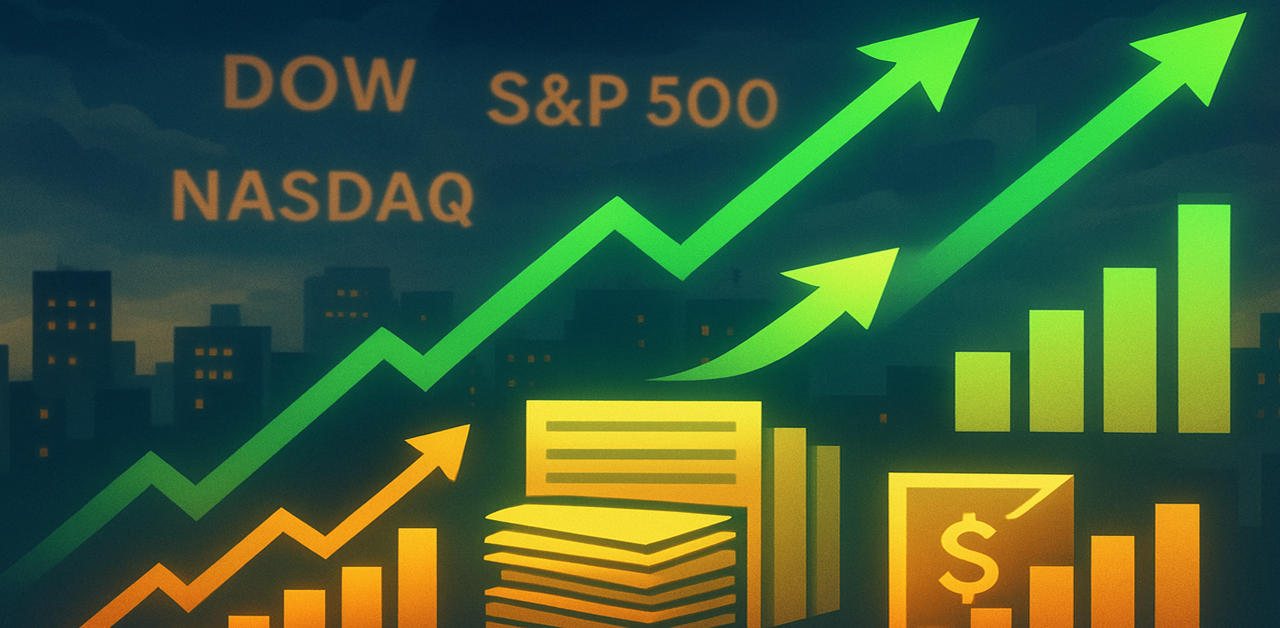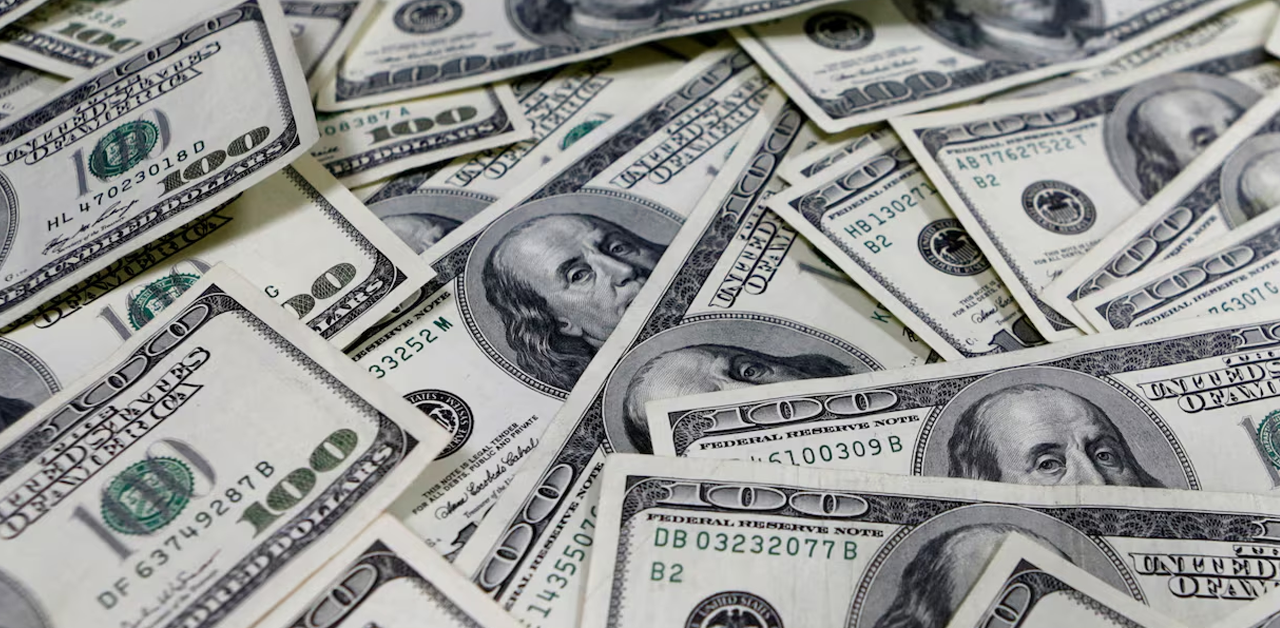Equity futures will rise slightly after the Dow has made profits for the fifth straight day
US stock futures rose on Tuesday evening after a mixed session as traders continued to evaluate the threat of Omicron’s Covid-19 options. Futures pegged to the Dow Jones Industrial Average rose 38 points, or 0.1%. S&P 500 futures rose 0.2% and Nasdaq 100 futures rose 0.3%. According to Johns Hopkins University, there have been more than 4.1 million confirmed cases of Covid in the United States this month. This is far higher than the 2.54 million in November. The national average for 7 days was 231,888, which is more than three times the average since November 27.
However, the Centers for Disease Control and Prevention recently shortened the isolation recommendation for people who test positive from 10 days to 5 days if they have no symptoms. Research in South Africa also shows that omicron infections can boost immunity against delta variants. Stocks came under pressure in late November, when news of the omicron variant was first announced. Since then, however, they’ve bounced back, with the S&P 500 up 4.8% in December. Joe Terranova of Virtus Investment Partners told CNBC’s “closed bell” that the market gave see resilience in recent weeks as traders assess the omicron variation and likely tighter monetary policy by the Federal Reserve next year.
However, he noted that “the market’s risk profile is clearly changing” due to the potential for higher volatility in the New Year. The market is “moving towards a more quality property”, Terranova claims. “I don’t think the market wants the speculative areas where investors have been rewarded over the past two years. These are overgrown, high P/E, crypto, marijuana [name] stocks.
In normal trading, Dow Jones recorded a fifth consecutive day of gains, up more than 90 points. The S&P 500 broke through the day’s high before closing lower that day. The Nasdaq Composite lagged behind, down 0.6%. Tuesday’s move comes during the “Santa Gathering” period, which includes the last five trading days in December and the first five in January. This has been a historically strong period for the market, with the S&P 500 index showing an average return of 1.7% since 1928.

